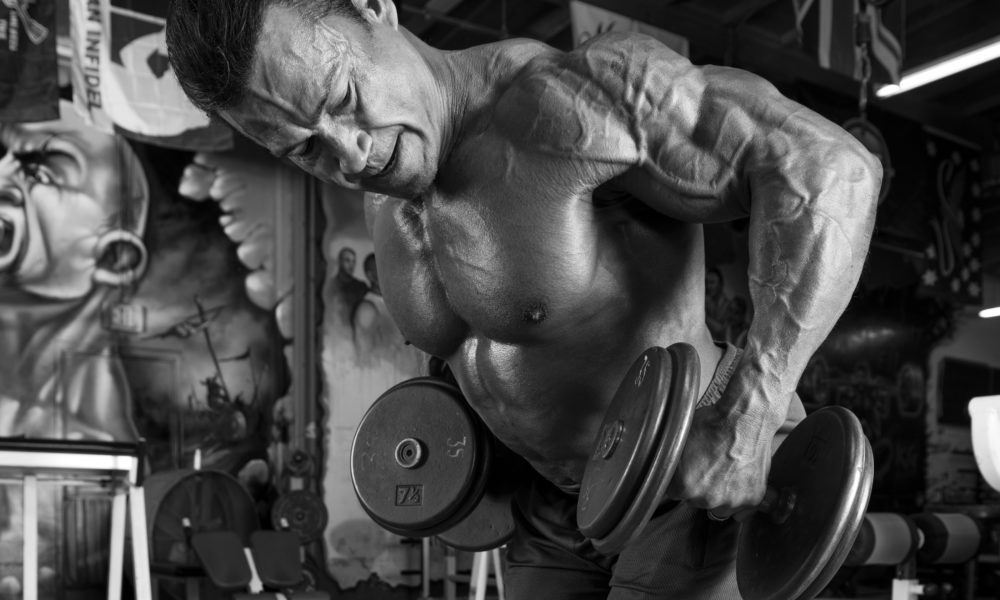

Expert advice for over-40 athletes about training, supplementation, nutrition, hormones, and more.
By Jay Campbell and Jim Brown
Many people stop lifting weights when they get in their 40s, believing that the Iron Game is meant for young people. Nothing could be further from the truth. The fact is, the older you get the more important weight training becomes for maintaining strength, body composition, optimal hormone levels, vitality, and overall quality of life. In this new column, our over-40 fitness experts will help you train your age. That is, wisely but with intensity and purpose. Jay Campbell is a longtime Iron Man columnist and author of the book The Definitive Testosterone Replacement Therapy Manual: How To Optimize Your Testosterone For Lifelong Health And Happiness. Jim Brown is a bodybuilding expert and trainer who has helped thousands of people achieve their goals.
Dennis: What does being sore after a workout represent? If I’m not sore in the specific muscles I trained, was my workout productive?
Jay and Jim: To us, being sore is a very useful diagnostic tool. We adjust workout intensity and volume based on current recovery ability. If training for hypertrophy, we can all agree that some soreness in the muscle trained is generally good. The more times we can train a muscle the more we can induce protein synthesis. This forces the body to change in response to current demands. Doing this over and over enables more growth to occur.
Let’s say you work legs once a week and destroy them (defined as it’s difficult to sit on the toilet). Will you recover fully in seven days? A better question is: Would you see more growth by working that muscle just enough to force adaptation? If you can do that twice a week, you should grow that muscle group faster.
In general, when training for hypertrophy, yes, you should experience some soreness in the muscles trained. One additional thought: If you are experimenting with a new movement or angle, soreness is a valuable tool in determining that you are indeed hitting targeted areas. Soreness is, however, an individual thing. It’s important the soreness is from minor sarcoplasmic tears and muscular trauma rather than serious bruising or tearing of tendons or other soft tissue.
Curtis: At our age, is hitting a bodypart to failure once a week superior to a more traditional two-times-a-week routine?
Jay and Jim: Your recovery ability will determine what frequency is best for you. Age is one of the factors that has a major impact on recovery, as do diet, sleep, stress, and drugs. For instance, at 45, on legitimate testosterone replacement therapy and with consistent diet and sleep routines, you can hit each bodypart twice in a seven-day rotation and train each of those groups with two to three movements doing two sets to positive failure each workout. If you were to change your recovery ability somehow by altering one of the above factors, you could hit those more often or add volume with more sets to positive failure or additional movements. Frequency and volume are always determined by recovery ability.
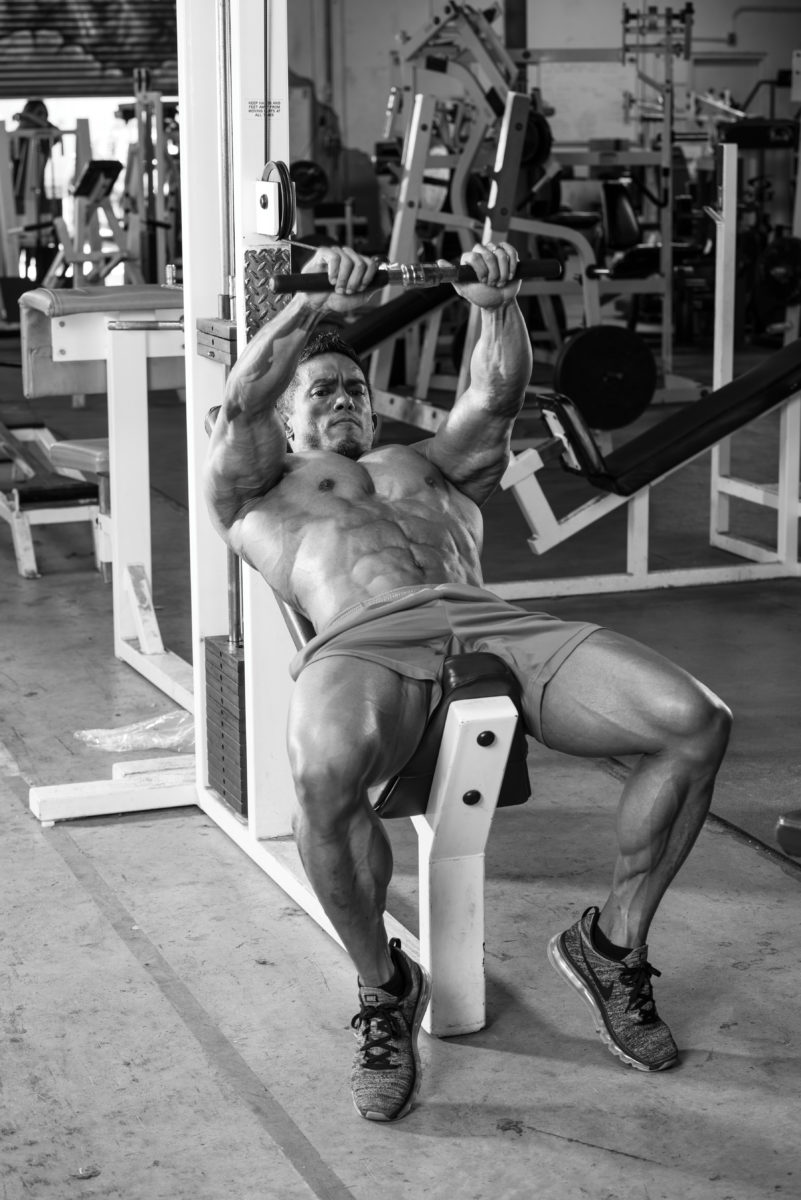
Ryan: As a 43-year-old who is not an advanced lifter, are higher rep ranges and the use of machines superior to avoid injury while build muscle?
Jay and Jim: We think the use of machines along with free weights is the best option. Machines may assist in isolating specific muscle groups, but free weights are extremely important to build balancing and stabilizing muscles. In the beginning, given you do not have injuries or severely unbalanced muscle groups, we would say a mix of both free weights and machines is the best approach. Defining an aging athlete means a few things: 1) We don’t have as pliable tissue, and 2) recovery is slower. This shouldn’t influence you staying away from free weights, especially if you have experience and knowledge on how to perform the movements correctly. Machines certainly are safer in that they are a little more forgiving with lack of knowledge. Machines also provide the ability to isolate a muscle without stabilizer muscles giving out during the set.
Tom: Are there any safety advantages to squatting with a Smith machine versus a barbell squat for an aging athlete with low-back issues and knee problems?
Jay and Jim: Absolutely. If you free squat and find your lower back or knees hurt, don’t perform the movement. Rule number one for an aging athlete is always, “If it hurts, don’t do it.” Conversely, if you can find an angle or method to squat with a Smith machine without pain (while maintaining proper form), then by all means do so.
I can attest to this with some machines. No matter the angle or adjustments I make, it is just not right for my anatomical alignment. If you find free squats have become painful, we highly recommend you seek out professional advice. This will enable you to find out if you are doing something incorrectly or have developed muscular imbalances or weakness from poor technique. If you are an aging athlete, you also must look in the mirror. How important is it that you hit that max squat? If squatting is now causing you to squat differently than you once did and also causing pain, then stop squatting. The Smith machine is just another machine in the gym. If you can use it to target a muscle group effectively and safely, then by all means use it. IM






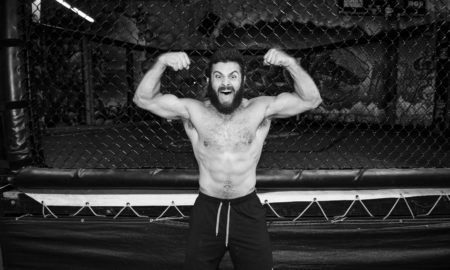











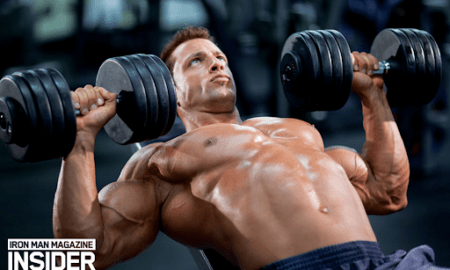
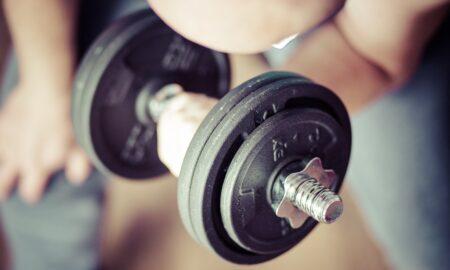

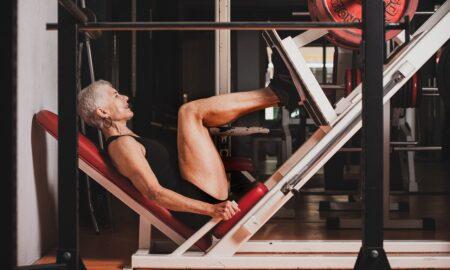
You must be logged in to post a comment Login